Chevrolet Malibu and Cruze: This is a crucial year for Chevrolet’s car business. The new Malibu must reignite interest in Chevy’s midsize sedan while the compact Cruze needs to build on its predecessor’s success.
“These are hugely competitive market segments,” IHS Automotive senior analyst Stephanie Brinley said. “The current Malibu didn’t deliver, but this one looks much more elegant and premium.”
The compact Cruze “is potentially a really strong competitor,” said Sam Abuelsamid, Navigant Research senior analyst.
“It looks like a big step forward. The dynamic design and roomier backseat should address the few complaints people had about the current model. There’s also been a significant reduction in weight. Combined with new gasoline and diesel engines, that should lead to strong fuel economy.”
Alfa Romeo Giulia: FCA’s entire strategy hinges on massive sales growth from Alfa. CEO Sergio Marchionne essentially bet the company’s future on the attractive Giulia sport sedan, which is the first vehicle from a multibillion-dollar program. It must establish Alfa as an alternative to brands like BMW, Cadillac, Jaguar and Lexus.
“There’s a lot riding on the Giulia,” Brinley said. “It must convince people who don’t think about Alfa to consider the brand.”
Chrysler Town & Country: Minivans have been vital to Chrysler since the automaker invented the perfect family vehicle in the 1980s. The new T&C faces a stiff challenge. Dodge will drop its minivan in favor of a new crossover SUV, so the Chrysler brand must win lots of new buyers.
“The question and how big is the minivan market, and can Chrysler dominate as it once did?” said Autotrader senior analyst Michelle Krebs.
Jeep Compass replacement: The outgoing Compass and Patriot compact SUVs are the only weak links in Jeep’s product line. Sized between the Cherokee and Renegade, the new vehicle – maybe called Compass, maybe something else – could make a big impact if it gives the brand a leading competitor for vehicles like the Ford Escape. “Jeep can certainly sell more vehicles in this segment if it gets the new one right,” Brinley said.
BMW 7-series: BMW’s big sedan has been one of the global auto industry’s style and technology leaders for decades. The new model has plenty of advanced new features, including fully autonomous parking, but its evolutionary styling could suffer in comparison to the dramatic Cadillac CT6 and Mercedes S-class.
“BMW is pushing the edge with new autonomous technologies, but I wonder if the design will generate the excitement they want?” Brinley asked.
Cadillac CT6 and XT5: The advanced CT6 luxury sedan gets all the hoopla, but the XT5 SUV, which replaces the SRX, means more to Cadillac’s immediate future.
“The CT6 is important because it’s the first Cadillac under the new naming system and under new leadership, but in terms of sales and profits, the Cadillac SRX is far more important,” Krebs said.
Midsize SUVs are one of the hottest segments in the luxury market and the SRX is just about the oldest on the road. Cadillac has missed out on the boom in luxury SUV sales. The XT5, which will feature a powerful and fuel-efficient new 3.6-L V-6, could cure the sales slump that’s ailed GM’s luxury brand.
Don’t ignore the CT6, though. Its styling and technology,including the ability to follow other vehicles autonomously, set the tone for Cadillac’s future.
Ford GT: Ford’s super-car will be “a rolling laboratory and billboard for Ford performance and technology,” Abuelsamid said. Its stunning design could also establish Ford as a leader in automotive styling.
Unlike most exotic sports cars, the GT’s engine technology and lightweight materials are directly connected to mainstream models like the Ford Focus and F-150.
“The GT is a smart marketing investment,” Abuelsamid said.
Honda Civic: “The Civic is incredibly important to Honda,” Krebs said. “It, the Accord and CR-V make up about two-thirds of Honda’s U.S. sales.”
After the disappointment of the outgoing Civic, Honda needs to demonstrate it still knows what Americans want.
“The new Civic represents an opportunity for Honda to prove it truly has its engineering and technological mojo back and with some styling flair thrown in,” Krebs said.
Jaguar XE and F-Pace: Two hugely important vehicles for the resurgent British luxury brand, the XE sport sedan and F-Pace SUV move Jag into two of the biggest and most important parts of the luxury market.
The XE will compete with sport sedans like the BMW 3-series, Cadillac ATS and Mercedes C-class. The F-Pace will compete with crossovers like the BMW X5 and Lexus RX.
“This is a good way for Jaguar to increase its sales and profitability,” Abuelsamid said. “The F-Pace’s design is in keeping with the brand’s contemporary sedans. It doesn’t look like (Jag’s corporate sibling) Land Rover.”
Lincoln Continental: The Continental luxury sedan could be the start of a resurgence by Ford’s luxury brand. It aims to compete with cars like the Audi A6, BMW 5-series and Cadillac CTS. The Continental could also signal the end of Lincoln’s confusing naming system and a welcome return to the use of actual words.
The Continental introduces a new exterior design theme for Lincoln. Its interior materials and features should be a match for other top luxury brands. It handling is unlikely to challenge top sport sedans because its front-wheel-drive-based platform won’t match their weight distribution.
Mercedes-Benz E-class: The E-class luxury sedan will showcase Mercedes’ latest safety and driver-assistance systems. It may be the closest thing to a fully autonomous vehicle any automaker has made.
“It’ll be interesting to see how Mercedes makes the car special when the experience of driving it is secondary,” Brinley said. The systems will also have to demonstrate ironclad reliability and cybersecurity.
Nissan Altima and Titan XD: The Altima midsize sedan is a quiet superstar. Perennially one of the best-selling cars in the U.S., it’s a mainstay of Nissan’s business.
The Titan XD is not the overdue replacement for the current Nissan Titan full-size pickup, but it’s still a landmark for Japanese automakers: the first medium-duty pickup to compete with cash cows like the F-250 and Silverado 2500.
Nissan won’t match the breadth of domestic brands’ medium-duty lineup, but the XD’s capability and Cummins diesel prove Nissan is serious about challenging them.
Toyota Prius: The Prius is the best-selling hybrid in the world, and a key to Toyota’s corporate identity. The new model must retain that aura despite more mainstream styling and the advent of competitors like the extended-range electric Chevrolet Volt and all-electric Nissan Leaf.
“The Prius is pretty much a brand within the Toyota brand,” Krebs said. “It has dominated the hybrid market and Toyota must take it to the next level to stay ahead.”
Send questions/comments to the editors.

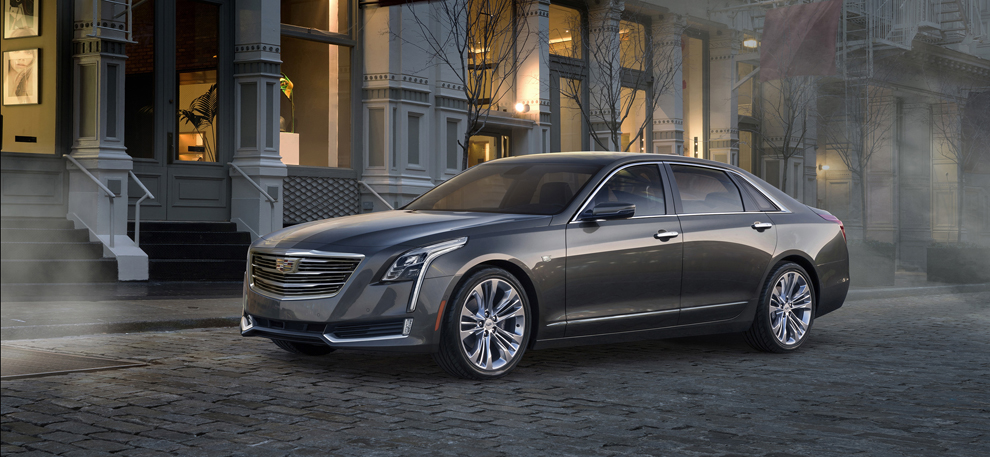
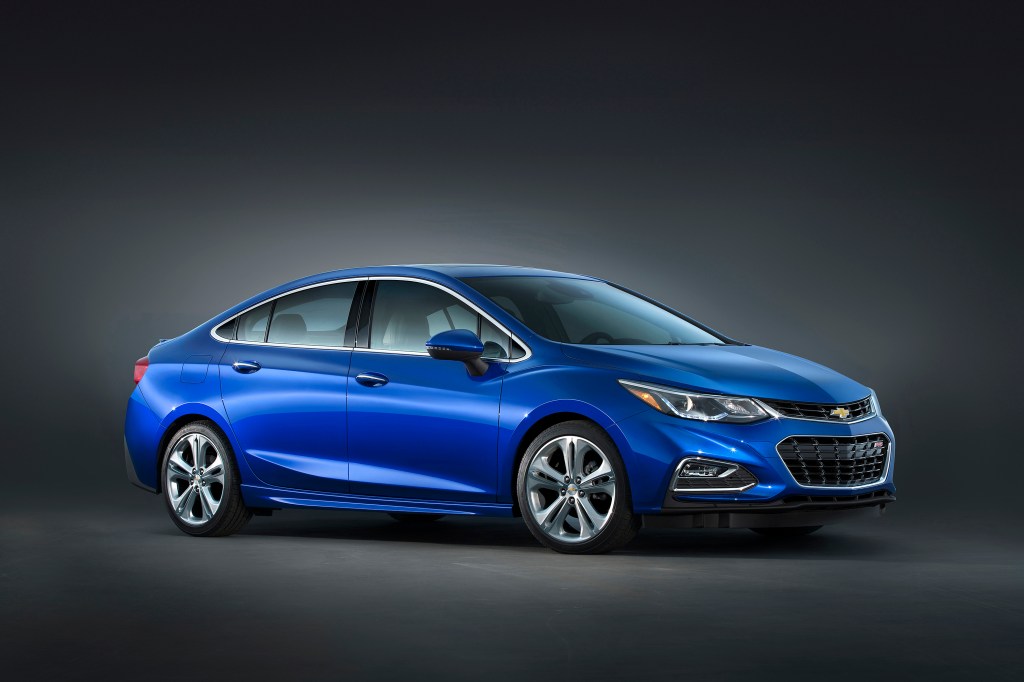
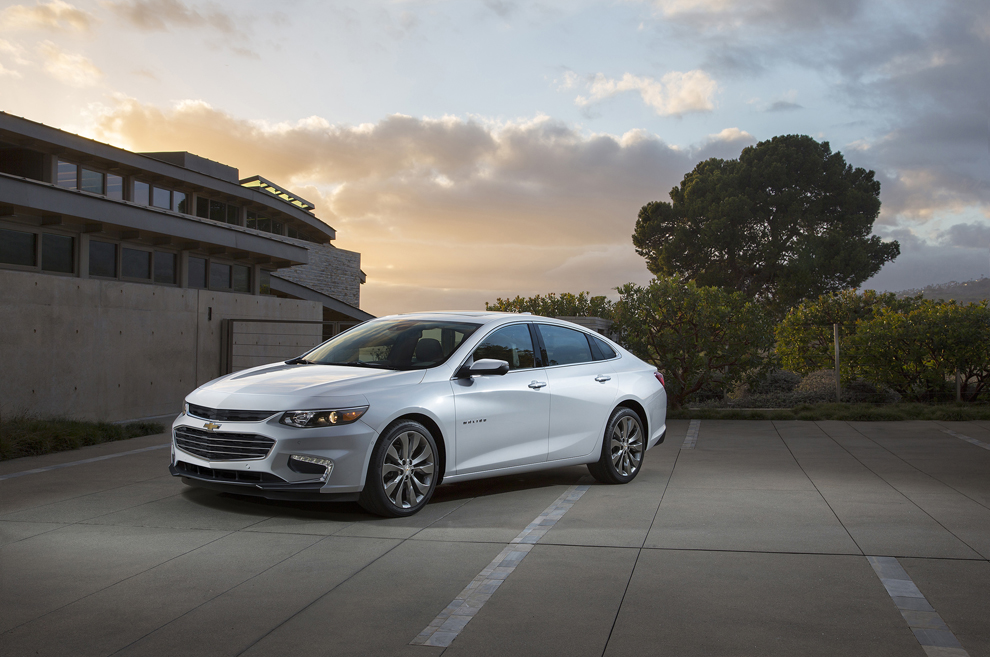
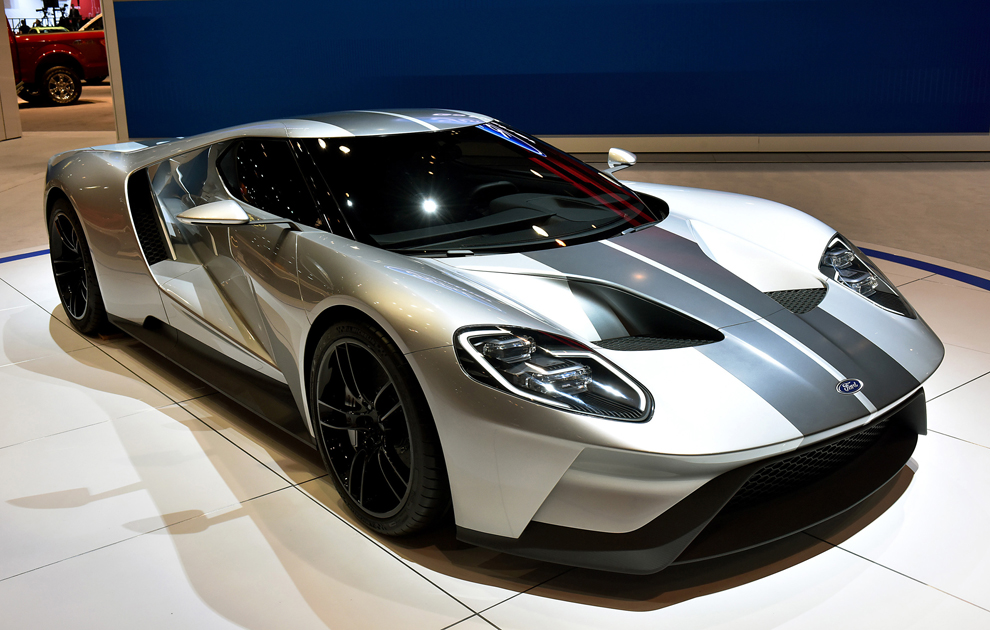
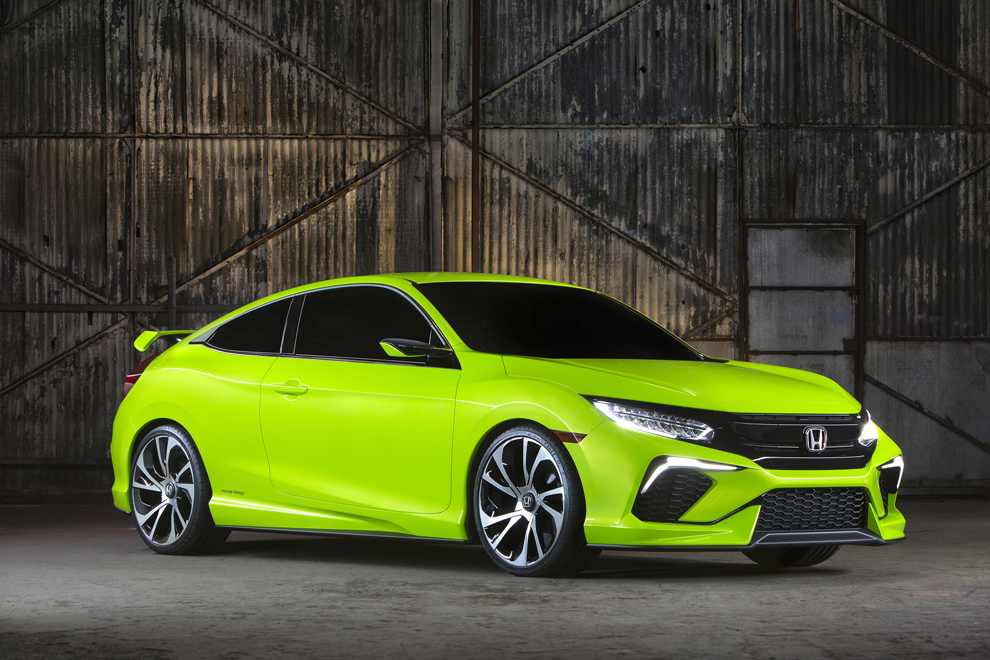
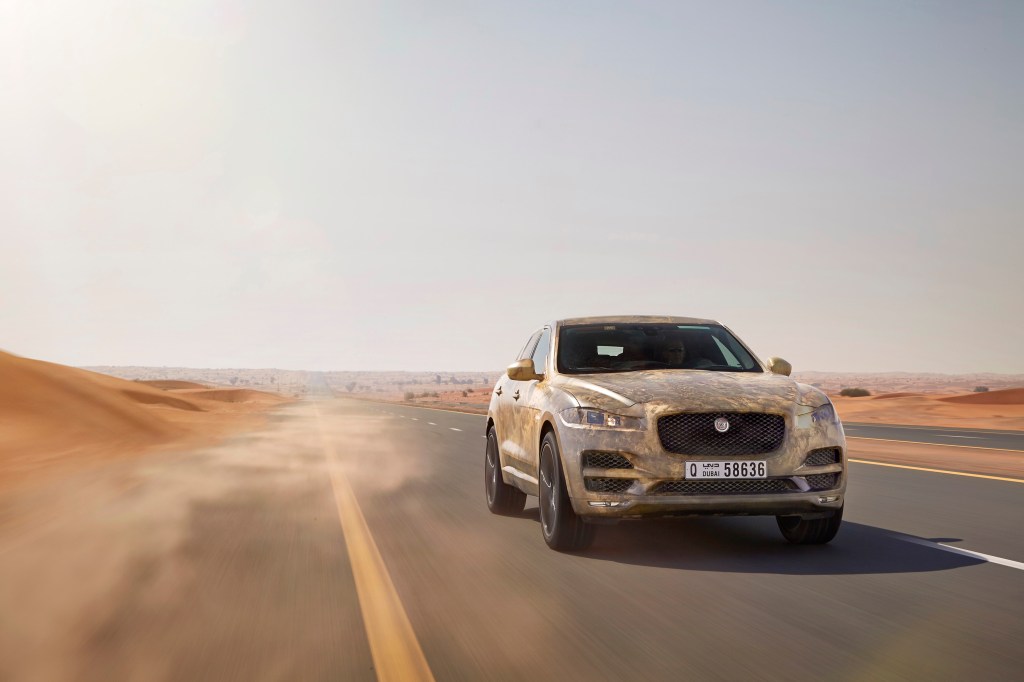
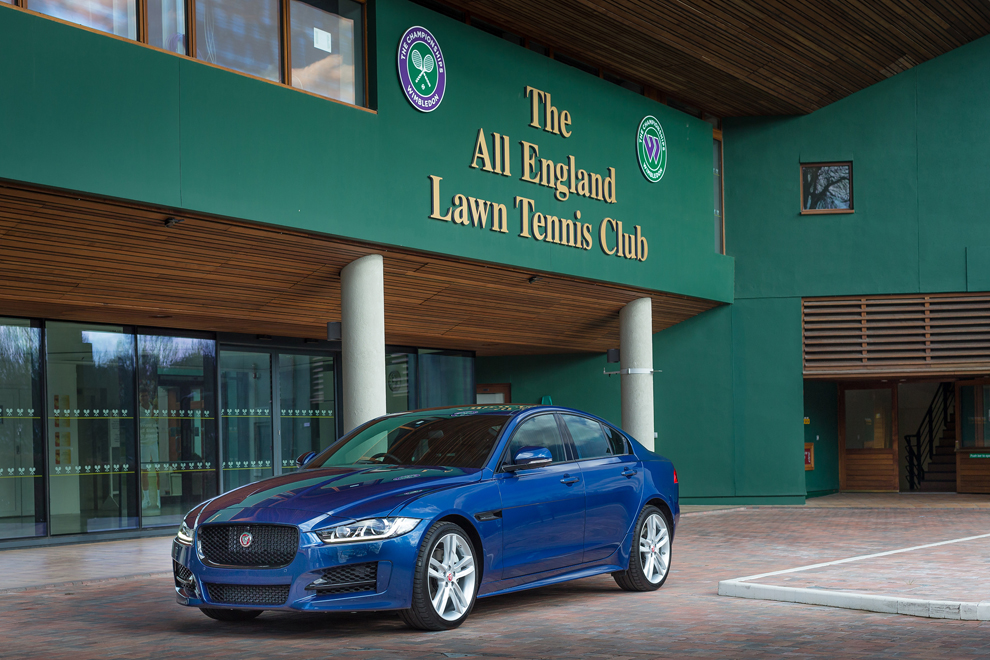
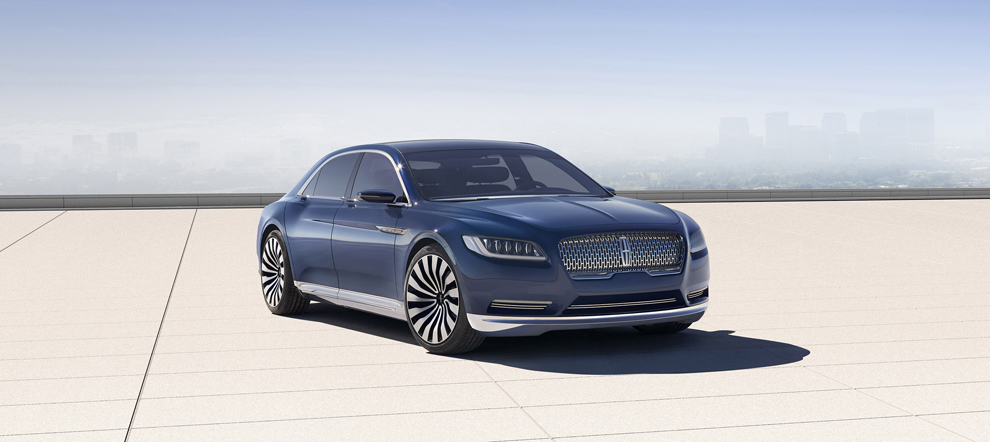

Success. Please wait for the page to reload. If the page does not reload within 5 seconds, please refresh the page.
Enter your email and password to access comments.
Hi, to comment on stories you must . This profile is in addition to your subscription and website login.
Already have a commenting profile? .
Invalid username/password.
Please check your email to confirm and complete your registration.
Only subscribers are eligible to post comments. Please subscribe or login first for digital access. Here’s why.
Use the form below to reset your password. When you've submitted your account email, we will send an email with a reset code.